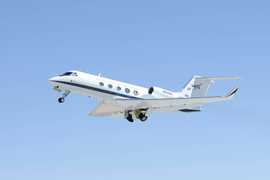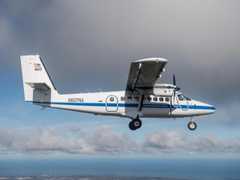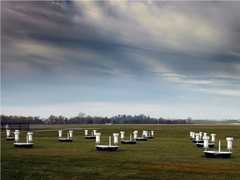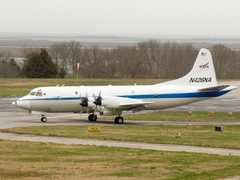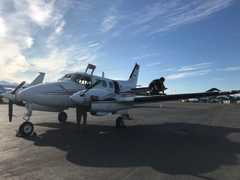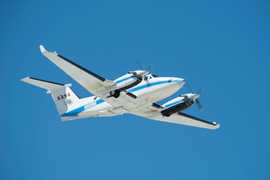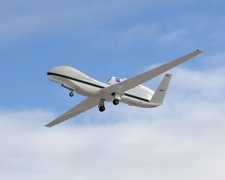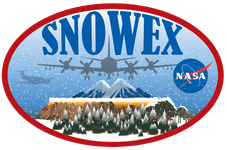
SnowEx
Global Water & Energy Cycle
- 4
- Deployments
2016-09-26 2017-02-26 2019-11-14 2020-03-12 2022-10-22 2023-10-28 2020-11-16 2021-09-21 - 8
- Platforms
- 86
- Data Products
The Campaign
SnowEx was a multi-year campaign led by NASA to enhance remote sensing of snow in forested regions. SnowEx conducted four deployments during the boreal winter from 2016 to 2023 in Colorado and Alaska. Several aircraft equipped with remote sensors, such as the Airborne Snow Observatory (ASO), Uninhabited Aerial Vehicle Synthetic Aperture Radar (UAVSAR), Airborne Visible InfraRed Imaging Spectrometer - Next Generation (AVIRIS-NG), Airborne Glacier and Ice Surface Topography Interferometer (GLISTIN-A), and Snow Water Equivalent Synthetic Aperture Radar and Radiometer (SWESARR), were used to collect radar and hyperspectral images of snow. Ground-based observations with radars, lidars, radiometers, and in situ sensors were also gathered to measure snow properties and meteorological parameters. SnowEx was funded by NASA's Terrestrial Hydrology Program.
N: 70°N
S: 35°N
W: 151°W
E: 102°W
Additional Notes
Events
Filter data products from this campaign by specific platforms, instruments, or formats.

